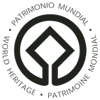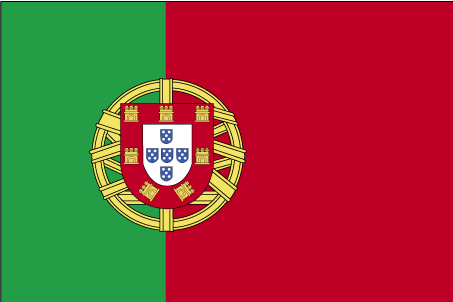 |
UNESCO World Heritage for Portugal |
 |
|---|
UNESCO World Heritage Sites represent some of the best natural, cultural and historic attractions in world travel. Below are details of the 15 cultural, natural and mixed sites inscribed for Portugal to date (a red World Heritage symbol denotes a site currently regarded as endangered). For more details of these properties, click on the links to the UNESCO website and the photographic galleries of these sites from OurPlace (where available). Also, check out UNESCO's Intangible Cultural Heritage for Portugal below.
 | 1983 - Monastery of the Hieronymites and Tower of Belém in Lisbon | Cultural site |
 |
|---|---|---|---|
 | 1983 - Monastery of Batalha | Cultural site | |
 | 1983 - Convent of Christ in Tomar | Cultural site |
 |
 | 1983 - Central Zone of the Town of Angra do Heroismo in the Azores | Cultural site | |
 | 1986 - Historic Centre of Évora | Cultural site | |
 | 1989 - Monastery of Alcobaça | Cultural site | |
 | 1995 - Cultural Landscape of Sintra | Cultural site |
 |
 | 1996 - Historic Centre of Oporto | Cultural site |
 |
 | 1998 - Prehistoric Rock-Art Sites in the Côa Valley and Siega Verde | Cultural site |
 |
 | 1999 - Laurisilva of Madeira | Natural site | |
 | 2001 - Alto Douro Wine Region | Cultural site | |
 | 2001 - Historic Centre of Guimarães | Cultural site |
 |
 | 2004 - Landscape of the Pico Island Vineyard Culture | Cultural site | |
 | 2012 - Garrison Border Town of Elvas and its Fortifications | Cultural site | |
 | 2013 - University of Coimbra – Alta and Sofia | Cultural site |

Intangible Cultural Heritage
Recently UNESCO has begun to document the world's Intangible Cultural Heritage which includes "traditions or living expressions inherited from our ancestors and passed on to our descendants, such as oral traditions, performing arts, social practices, rituals, festive events, knowledge and practices concerning nature and the universe or the knowledge and skills to produce traditional crafts". The current listings for Portugal are shown below - click on the links for more details.
Representative List of the Intangible Cultural Heritage of Humanity
 | 2011 - Fado, urban popular song of Portugal |
|---|

